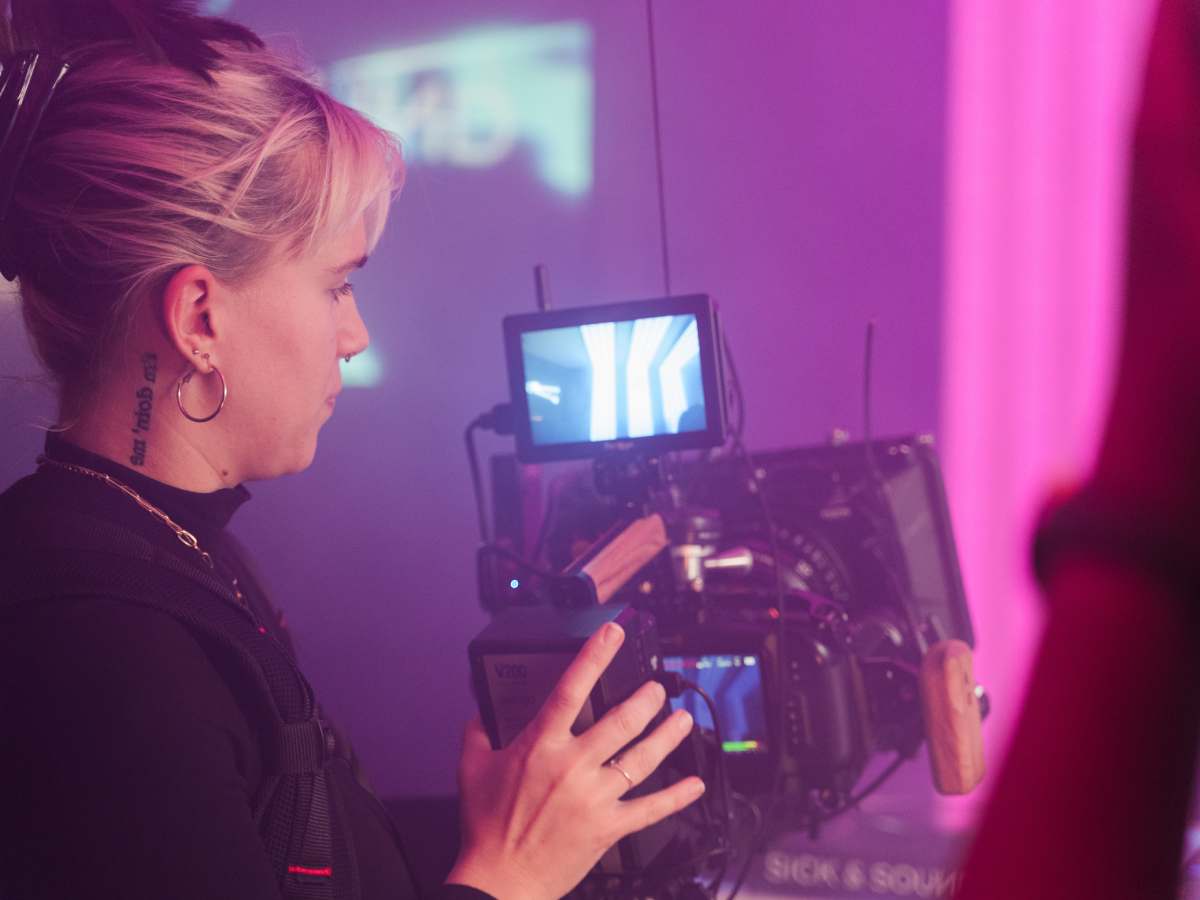The ever-evolving domain of fashion has always sought inspiration from various sources; today, it’s turning its gaze toward the digital realm. Utilizing 3D design tools, fashion pioneers are forging a path that seamlessly melds technology and textile. As this dynamic duo graces the runway, spectators are left in awe of a world where fabric meets pixels. But what’s driving this 3D revolution in fashion?
Table of Contents
1. Virtual Prototyping: Breathing Life to Ideas
Historically, fashion designers painstakingly sketched and manually crafted their visions into prototypes. These tactile beginnings were time-intensive and fraught with the possibility of errors. Today, 3D design tools have transformed this process. Envision a designer sitting behind a computer screen, adjusting the curve of a neckline or the flare of a pant leg with mere drags and clicks. It’s a digital playground where mistakes are effortlessly rectified, and ideas evolve. Beyond simplifying the design process, these tools drastically reduce the raw materials traditionally wasted in the prototyping phase, heralding a more resource-efficient era in fashion design.
2. Eco-Friendly Fashion: A Sustainable Shift
The journey of fashion design, from conception to creation, has often been resource-intensive. The remnants of discarded designs and the by-products of trial and error accumulate, contributing to environmental concerns. 3D tools offer a greener alternative. By digitally sculpting their creations, designers can finalize every detail before producing an actual garment. Imagine the waste reduction when every piece is perfect from the first stitch. As the fashion industry grapples with its environmental footprint, 3D technology presents a sustainable path forward, aligning aesthetics with ethics.
3. Digital Showcases: A New Age Runway
The traditional fashion show, with its glitz, glamor, and live audience, is undergoing a digital transformation. No longer confined to physical stages, designers curate virtual fashion experiences. Imagine a runway in a fantastical forest or amidst floating islands—3D technology makes these imaginative settings possible. And the best part? These digital showcases can be streamed, enabling fashion enthusiasts worldwide to witness the latest trends, breaking geographical barriers and democratizing high-fashion viewing.
4. Personalized Customer Experiences
Shopping for clothing, for many, is a ritual. It’s about trying on multiple outfits, assessing fits, and choosing what complements one’s style. 3D tools are enhancing this ritual. By leveraging these tools, brands can craft garments tailored to individual body measurements. Think of it: A virtual trial room where you can select fabric textures, customize designs, and see how different colors highlight your features. It’s more than shopping; it’s curating a personalized fashion experience where every piece feels bespoke.
5. Innovative Textiles and Textures
Adobe states, “Substance 3D Designer can be used to create seamless textures and patterns. All output is fully non-destructive, non-linear, and parametric.”
The fabric repertoire of the fashion industry has always been vast, but 3D technology pushes these boundaries further. Designers with advanced 3D printing capabilities are crafting materials that defy conventional definitions. Visualize a dress that captures the fluidity of water or shoes that reflect the ruggedness of a rocky terrain. These aren’t just garments; they’re wearable art pieces that challenge one’s understanding of textiles.
The harmonious marriage between 3D tools and the fashion industry symbolizes a pivotal shift in how one perceives and interacts with fashion. It’s not just about aesthetics and design anymore; it’s about reimagining the entire creative process, from conception to presentation. As the digital and tangible realms intertwine, they’re ushering in an era where garments are worn and experienced. This blend of artistry and technology promises to make fashion more inclusive, sustainable, and innovative. As one anticipates the future, it’s clear that tomorrow’s runway will not just showcase clothing but will also spotlight the brilliance of human ingenuity, pushing the boundaries of what’s possible in the fashion world.




